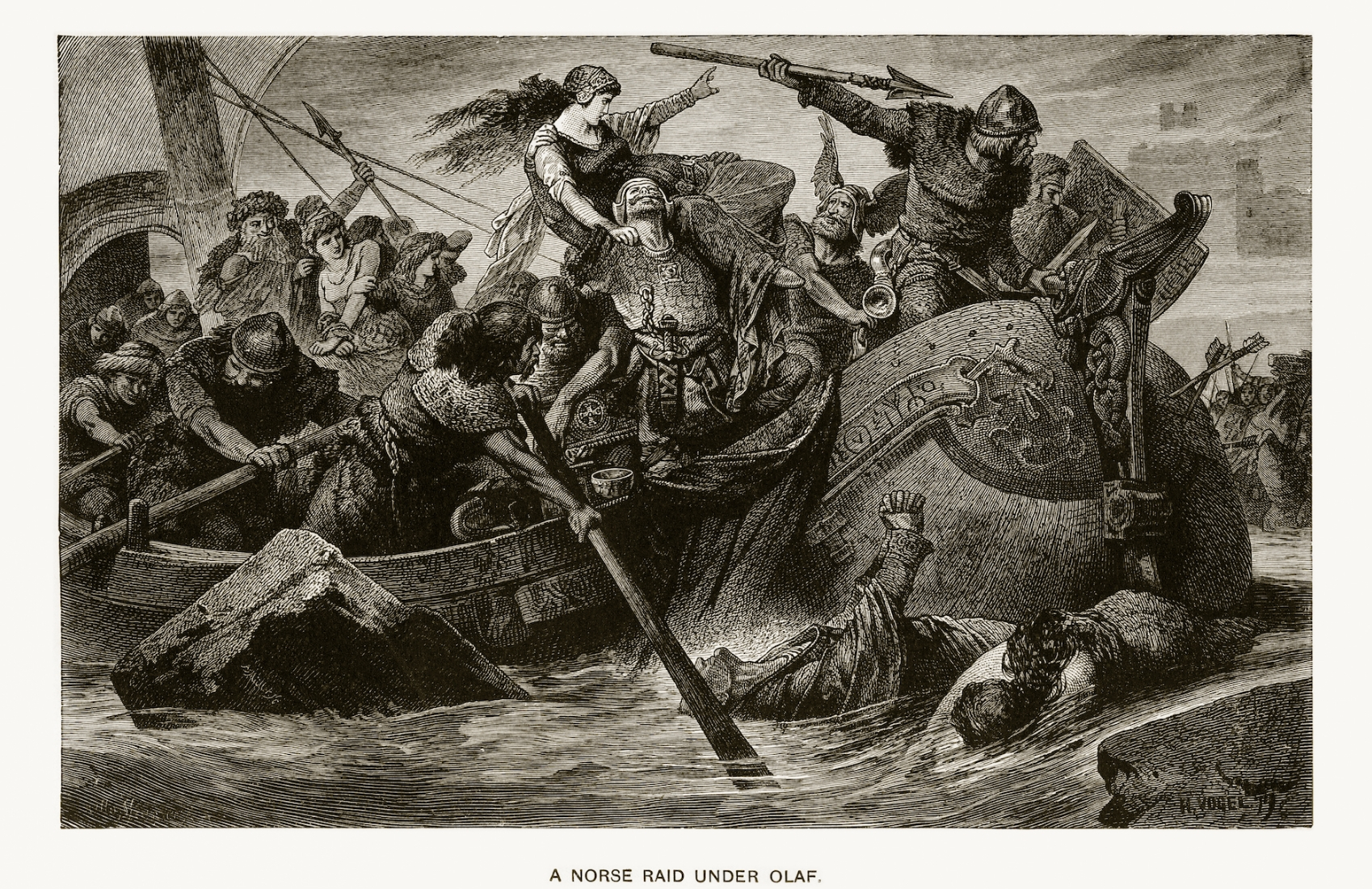Hodgepodge
Norwegian Art: Munch to Modern
Edvard Munch (1863-1944) – a Norwegian painter influenced by expressionism, symbolism, psychology and the endlessly variable interplay between nature and light – is by far Norway’s most famous artist. His 1893 work “The Scream” remains universal, an internationally recognized icon representing modern humanity’s collective anxiety and dread. Though Munch merged light, landscapes and the human condition to make his indelible mark on the arts, this tradition continues today with contemporary Norwegian artists who are active across a spectrum of media.
The Nordic Art of Scandinavia?
Like their forebears, including Munch, Norwegian artists (and their creative contemporaries in Finland, Iceland, Sweden, Denmark, Greenland, and the Aland and Faroe islands) have shared a common fascination with the relationship between natural light and the land on which it falls. Like many of its artistic and cultural traditions, Norway’s fine arts are often grouped into the broader context of Nordic or Scandinavian arts, rather than housed in their own distinctive sphere of cultural influence. Both perspectives are valid. Considering Norway’s ongoing creative contributions a part of the collective traditions of its neighbors is not wholly inaccurate, but aspects of Norwegian art remain distinctive, particularly a pronounced closeness to nature.
History Upending Tradition
The Norwegian government has long subsidized the arts, resulting in elevated per-capita art production rates. Also, significant historic works of art have been well-preserved over centuries in Norway, in part due to low art export levels and a milder Reformation period than what was experienced across Europe, resulting in less destruction. Norway retains large collections of early medieval and Viking paintings, carvings, monuments, tools and objects of significance.
Throughout a turbulent 19th century, Norwegian art began to further distinguish itself, first with portraits and then with landscapes. By 1905, escaping claims on its lands – primarily by Denmark and Sweden, which had resulted in multiple armed conflicts – Norway finally achieved full independence. Until a post-World War II surge in American influence introduced what were then radical concepts like abstract expressionism, pop art, op art, minimalism and photorealism, Norwegian art was primarily influenced by more traditional German, Dutch and Swiss art trends.
Norwegian Arts Today
Today, Norway’s wide range of fine arts, including sculptural and textile arts, has made significant inroads into the Norwegian national consciousness. Gaining increasingly international recognition, more contemporary, modernist stylings emerge from its many prolific and noteworthy creatives. Norwegian architecture transitioned more slowly into the modern era but continues to innovate as it showcases the landscape. Contemporary Norwegian painters, printmakers, sculptors, metalworkers, technologists, architects, jewelers, dancers, musicians, photographers, fashionistas, chefs and more are making an impact on cultures worldwide.
Change is inevitable, but the natural interplay between landscapes and light (and how they both impact people) remain essential elements of Norwegian arts and design – just as they did for Munch.



